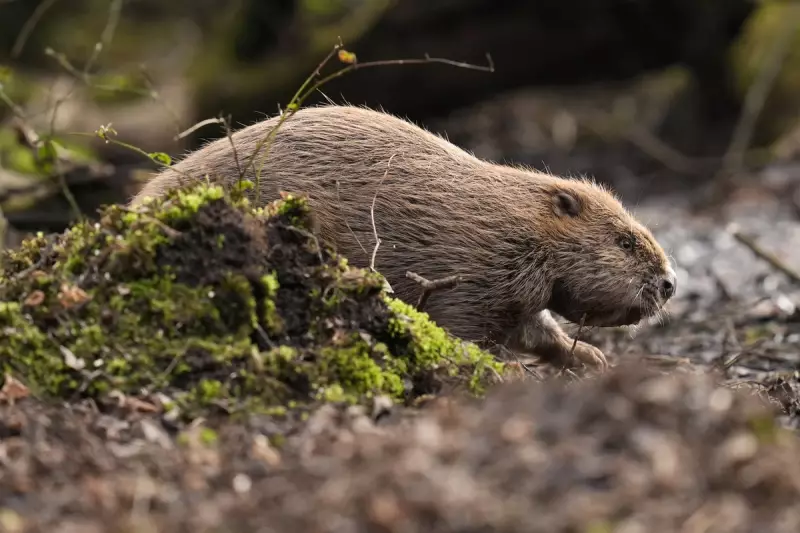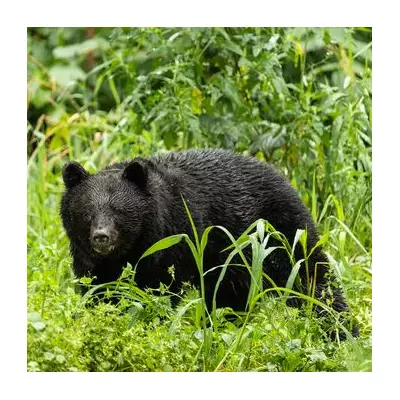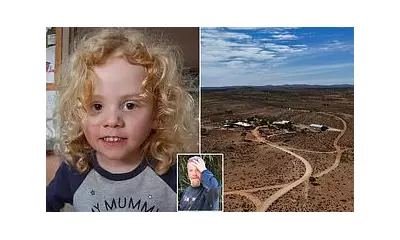
Britain's beloved wildlife icons, including otters, beavers and hazel dormice, are facing unprecedented threats from infrastructure development and environmental pressures, according to a shocking new report from the Wildlife and Countryside Link coalition.
The Alarming Statistics
The comprehensive analysis reveals disturbing figures about the state of Britain's mammal populations:
- Otters: Nearly 40% of surveyed areas show evidence of otter road casualties
- Beavers: Approximately 25% of English beaver populations face direct threats from infrastructure
- Hazel Dormice: Populations have declined by a staggering 51% since 2000
- Water Voles: Once common, now threatened with 30% habitat loss
Infrastructure's Deadly Impact
Richard Benwell, CEO of Wildlife and Countryside Link, didn't mince words: "The findings are stark – our roads, railways and other developments are creating deadly barriers for wildlife." He emphasised that without proper mitigation, these essential connectivity routes become "lethal obstacles" for species trying to move between habitats.
Conservation Success Stories Under Threat
What makes this situation particularly tragic is that some of these species represent hard-won conservation victories. Otters, once nearly extinct in many parts of Britain, have made remarkable comebacks thanks to decades of protection efforts. Now, their recovery faces new challenges from the very infrastructure that supports human populations.
The Call for Action
The coalition is urging the government to implement stronger measures, including:
- Mandatory wildlife-friendly design in all new infrastructure projects
- Retrofitting existing roads and railways with proper crossings
- Enhanced legal protections for key habitat corridors
- Increased funding for wildlife bridge and tunnel installations
As Benwell starkly warned, without immediate action, "we risk undoing decades of conservation work and losing these precious species from our landscapes forever."




